Nanotechnology: scientists have discovered a breakthrough material: graphene!
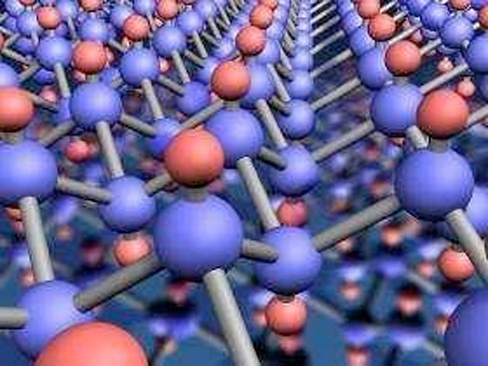
Stone crystal. The novel two-dimensional material was obtained from graphene (a single layer of carbon atoms) by connecting hydrogen atoms (red) to each carbon atom (blue) in the crystal.
Researchers at the University of Manchester have developed a breakthrough new material, graphene, from graphene.
Graphene, a single-atom-thick crystal with unusually high conductivity, was discovered at the University in 2004 and soon became one of the hottest topics in physics and materials science. It also applies to many future applications of electronics and photonics. But research published today (Friday, January 30, 2009) by Professor Andre Geim and Dr. Kostya Novoselov suggests that it may be far more useful than the team that discovered graphene in 2004. Scientists discovered a breakthrough material: Graphane.
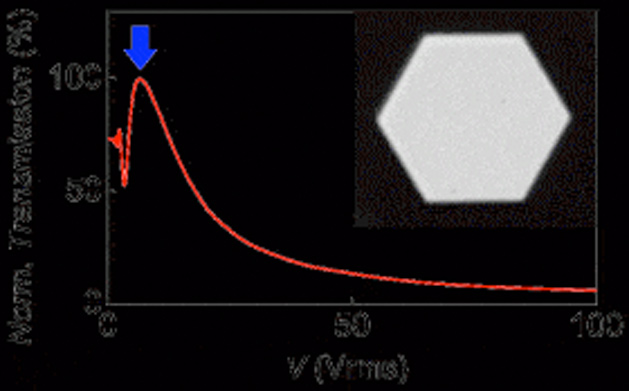
A liquid crystal device with electrodes made of graphene is applied with different voltages. The total width of the image is 30 microns.
This is because scientists from the University of Physics and Astronomy have discovered that graphene reacts with other substances to form new compounds with different properties - opening up more opportunities for the development of electronics. As part of their research, Professor Geim and Dr Novoselov, published today in the leading scientific journal Science, modified graphene with hydrogen into a new two-dimensional crystal, graphene.
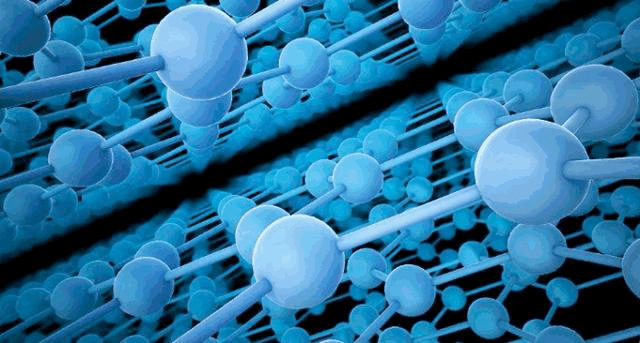
Adding hydrogen atoms to each carbon atom in graphene realizes the new material without altering or damaging the unique single-atom thickness of the "chicken silk" structure itself. However, like graphene, the new material graphene is not highly conductive but has insulation. The researchers say the results show that the material can be chemically modified - clearing the way for more graphene-based chemical derivatives.
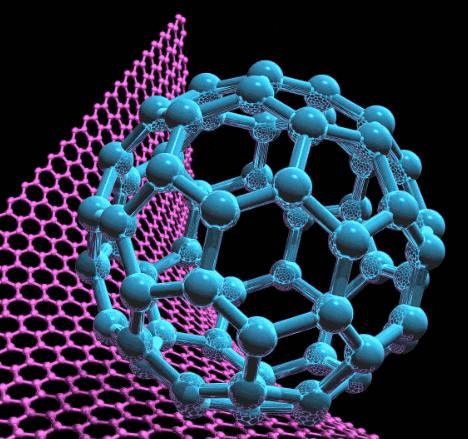
"Graphene is an excellent conductor and is suitable for many electronic applications," Dr. Novoselov said. "However, it is easy to think of ways to obtain additional control over its electronic properties through chemical methods. "Our work has shown that this is a viable approach and we hope to open the gates for other graphene-based chemical derivatives. This should greatly expand the scope of application. "
The unique electronic properties of graphene have enabled researchers to study how this material can be used to develop smaller and faster transistors. However, the lack of energy gaps in the electron spectrum forces scientists to use rather complex graphene-based structures for this purpose, such as quantum dot contacts and quantum dots.
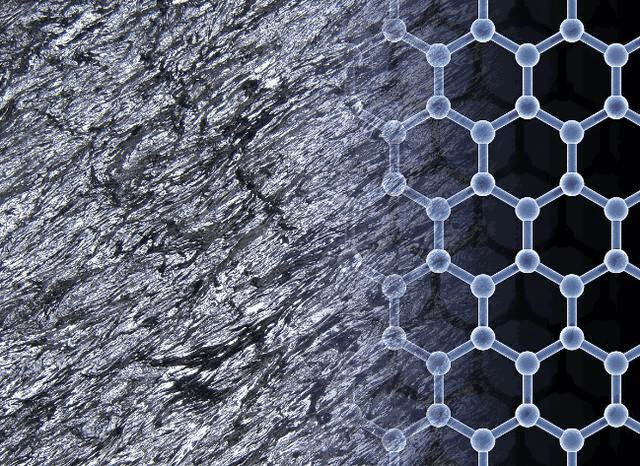
The discovery that graphene can be transformed into new materials and its electronic properties can be fine-tuned opens up more and more possibilities for this truly versatile material to develop future electronic devices. Professor Geim said: "The modern semiconductor industry uses a timetable: from insulators to semiconductors to metals. "But what if we modify the single material to cover the entire spectrum required for electronic applications?
"Imagine graphene wafers, where all interconnections are made of highly conductive raw graphene, and the rest are chemically modified to become semiconductors and transistors." Manchester researchers produced high-quality graphene crystals by exposing raw graphene to atomic hydrogen. This method shows a method of making many other ultra-thin crystal materials based on graphene.
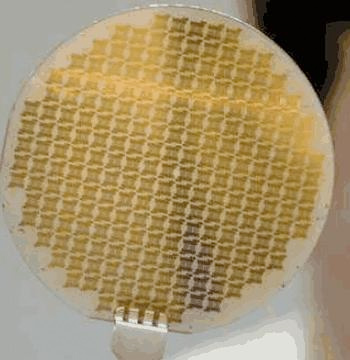
Reference: "Controlling the Properties of Graphene by Reversible Hydrogenation: Evidence from Graphane." Journal of Science.